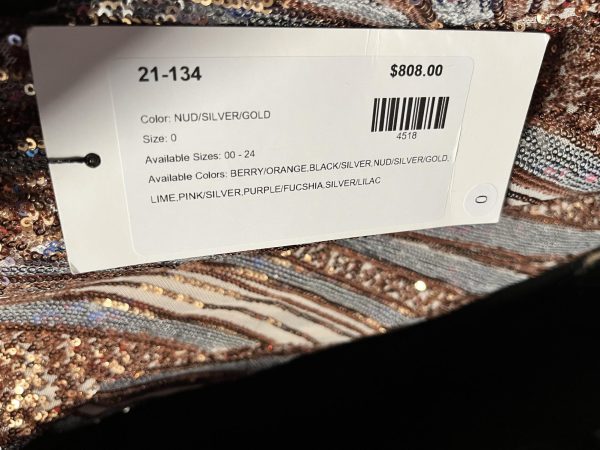Why You Should Put Your Pronouns In Your Bio

Why you should put your pronouns in your bio.
Looking around social media, you can find all sorts of bios. A bio is a place to express yourself in a concise way for everyone who views your account to see. Sometimes, you’ll see accounts that have bible quotes, some with music lyrics, some with the high school the person is graduating from, and others with the college they plan to attend. Bios are purely self-expressive.
When referring to another person, you use their name or their pronouns. For example: “Sally went to the store. She bought a loaf of bread and came home.” But when you look at someone’s social media account and you want to discuss their post with someone else, it’s only polite to use the proper pronouns during the conversation. I mean, imagine if the person you discussed was a boy and you used they/them pronouns? That would confuse everyone. Now, if a person used alternative pronouns than you were used to using, there is an easy fix to help everyone get on the same page. Put your pronouns in your bio.
Many people have all sorts of opinions about putting pronouns in your bio. Lily Frana says that “it’s easier on everyone” when people inform others of their pronouns. She says it’ll help eliminate the struggles of people guessing each other’s gender. It is, in fact, easier on everyone. I personally have my pronouns in my bio, and I do my best to be informed before talking to/ or about other people. It’s just common courtesy.
Some people don’t ever experience a pronoun change in their lives. This is completely normal. These people are called “cis” people. But a cis person still has pronouns. They might go by she/her or he/him. Putting your pronouns in your bio as a cis person can help other people who are more scared to do so, feel more supported.
And for those that need a deeper explanation of pronouns, I’m happy to give it to you. Learning about ways to make others happier and more comfortable is a great way to spend your time. So here’s a rundown.
-She/her: This person is more comfortable with feminine pronouns. Ex. “Sam went to the store. She bought bread. She’ll be back soon.”
-She/they: This person feels less feminine than a person that uses she/her pronouns, but they would like both she and they pronouns to be used. Ex. “Sam went to the store. She bought bread. They’ll be back soon.”
-They/them: This person does not feel connected with feminine or masculine pronouns, or they are comfortable with all of them, but switching is too difficult. Or it could be none of the above! There are no rules for pronouns and what you’re comfortable with. Ex. “Sam went to the store. They bought bread. They’ll be back soon.”
-He/they: This person feels more masculine than a person that uses they/them pronouns, but doesn’t connect fully with he/him pronouns. Ex. “Sam went to the store. He bought bread. They’ll be back soon.”
-He/him: this person identifies with more masculine pronouns. Ex. “Sam went to the store. He bought bread. He’ll be back soon.”
-Neopronouns: Any pronouns that don’t fit into the she/her to he/him spectrum. They can look like Xey/Xem as an example, but ultimately they are up to the person that chose them. There is no example for this one, as neopronouns look different for every person that chooses to use them.
Remember, there are no rules for pronouns, and if you don’t see yours on the list, that is completely okay! This was just a short summary. It’s always important to be educated.
And now, back to our topic from earlier. Being informed on pronouns/what other people’s pronouns are is just common courtesy. But it takes more than one person to start this movement. Let’s all be kind to one another, and let’s all put our pronouns in our bios.











